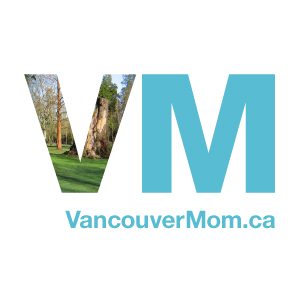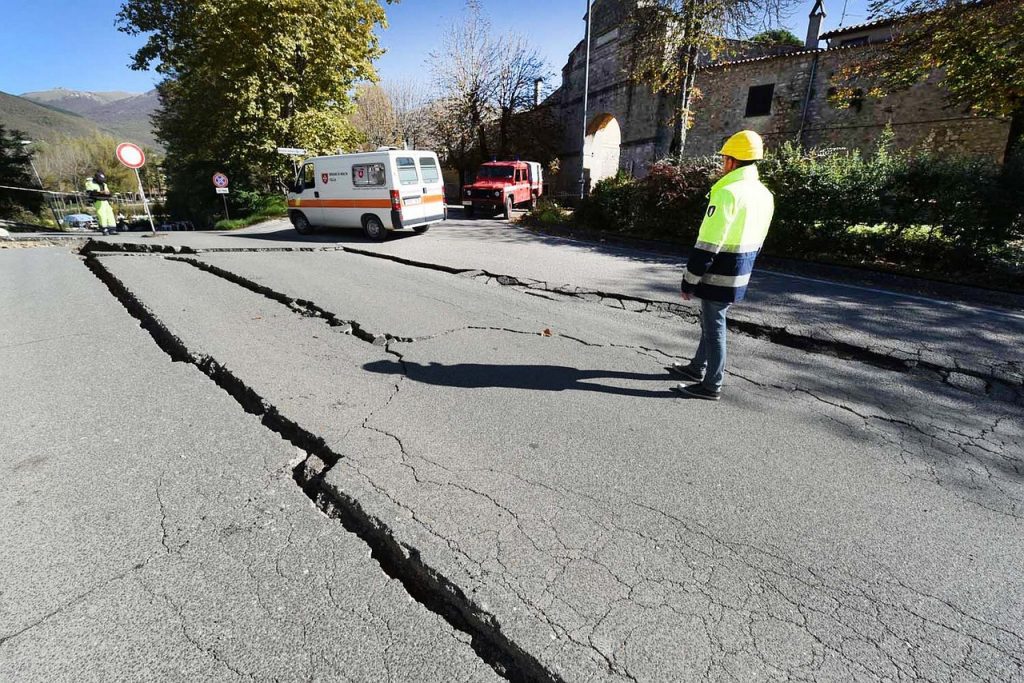Johanna Wagstaffe on Earthquake Preparedness

October 19, 2017 is the Great Shake Out. It’s a day designated to a global earthquake safety drill. Here in BC, workplaces, community groups, schools and families are taking part in the ‘Drop, Cover and Hold On’ drill at October 19 at 10:19 am on that day. Since Vancouver lies in a seismically active zone, this is a good chance for everyone who lives here to learn a little bit more about earthquake safety. To find out more about earthquakes, we recently connected with CBC Vancouver Meteorologist and Seismology Expert Johanna Wagstaffe. She holds an honours degree in geophysics from The University of Western Ontario, and earthquakes are her specialty.
Ready for the ‘Big One’?
When we asked Johanna about her interest in earthquakes she shared, “This is my original passion. I became interested in earthquakes as a little girl when my family was living in Tokyo.” In a city with lots of little earthquakes, Johanna felt them and also participated in earthquake drills. She said, “The first couple of times we did an earthquake drill I was scared. After a few times, however, it became second nature.” This is a great argument for doing earthquake drills with your own children – the more they do it, the more it will become second nature to them.
We’ve all heard that Vancouver could get the ‘Big One’ at any time. The last time that we had one of these mega earthquakes of magnitude 8 or 9 was in 1700, according to Johanna. The region experiences these types of earthquakes about every 300 to 500 years, Johanna explained, and the conditions are right for another mega quake to hit us. It’s easy to become complacent, as we sit and wait for something that never seems to happen. Johanna points out, however, that while we may not have another ‘Big One’ for another 100 years or more, we experience frequent smaller earthquakes.
Earthquake Preparedness
We’ll mark the one year anniversary of the magnitude 7.7 Haida Gwaii earthquake. This was the largest quake to strike Canada in 60 years, but we experience magnitude 5 or 6 quakes more frequently. These smaller earthquakes may be less lethal, but we still need to take them seriously. Johanna points out that while most of our buildings and bridges are built to withstand shaking, we need to protect against pictures falling off walls, heavy objects falling off shelves, and so on. We also need to be prepared for the fact that in the event that a significant earthquake strikes we may not have access to water, electricity or stores for up to 72 hours.
There’s no way to predict an earthquake. Johanna says, “I don’t think we will ever be able say, ‘There will be an earthquake at this time, in this place.’ But we’re getting better at narrowing down the risk zone.'” This means that we need to prepared at all times. Johanna suggests talking to your family about what to do if an earthquake hits at home or at school. She also suggests heading online and reviewing resources to help you plan an earthquake drill, and learn what to do after the shaking stops. The Great British Columbia Shake Out site at shakeoutbc.ca has helpful information.
In the end, the key to making it through an earthquake is arming yourself with information, and preparing in advance. We may not know when ‘Big One’ will hit, but we can be ready when it does.
Amber Strocel is a writer, aspiring math teacher, suburbanite, wife and mom of two. She believes in the power of the Internet to connect people, and she believes that numbers are the poetry of the universe. You can often find her knitting, sewing, volunteering, working in her garden, and sneaking chocolate when no one's looking. She blogs at Strocel.com and shares her photos on Instagram as @AmberStrocel.





















